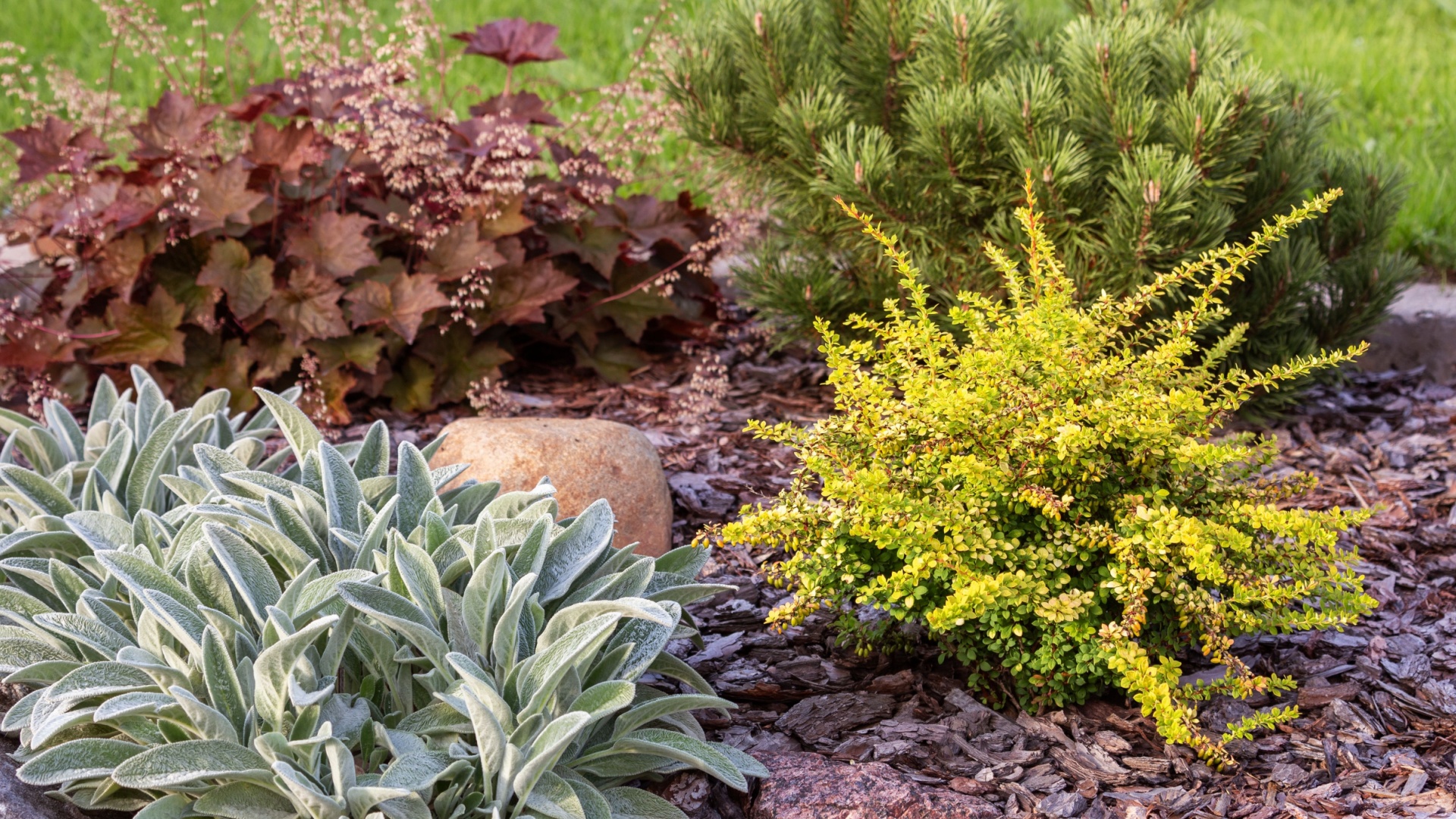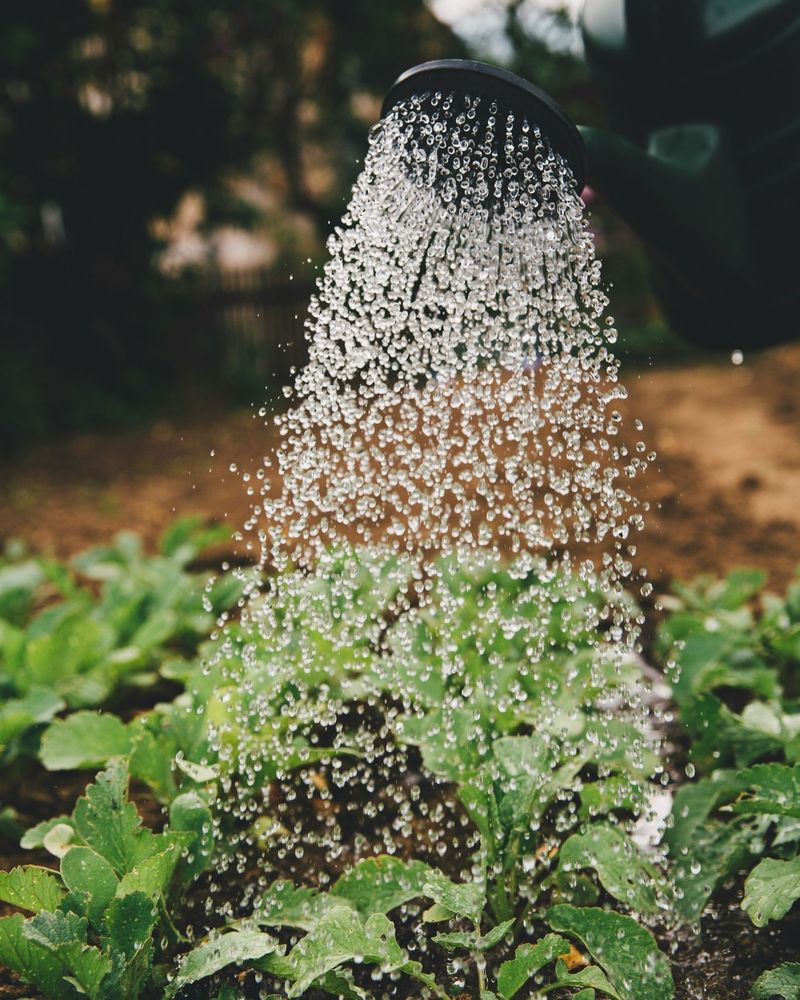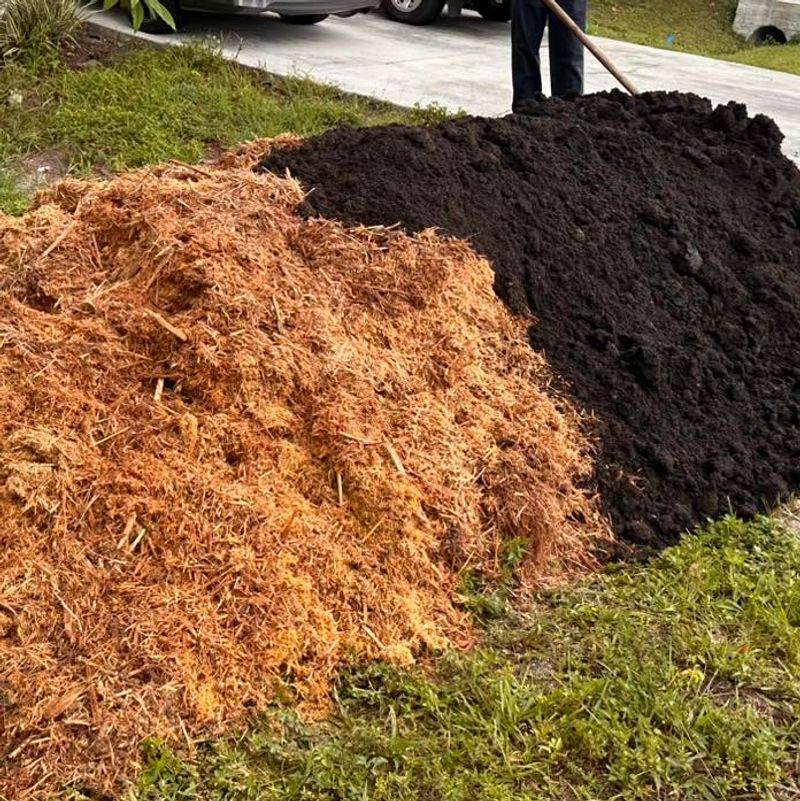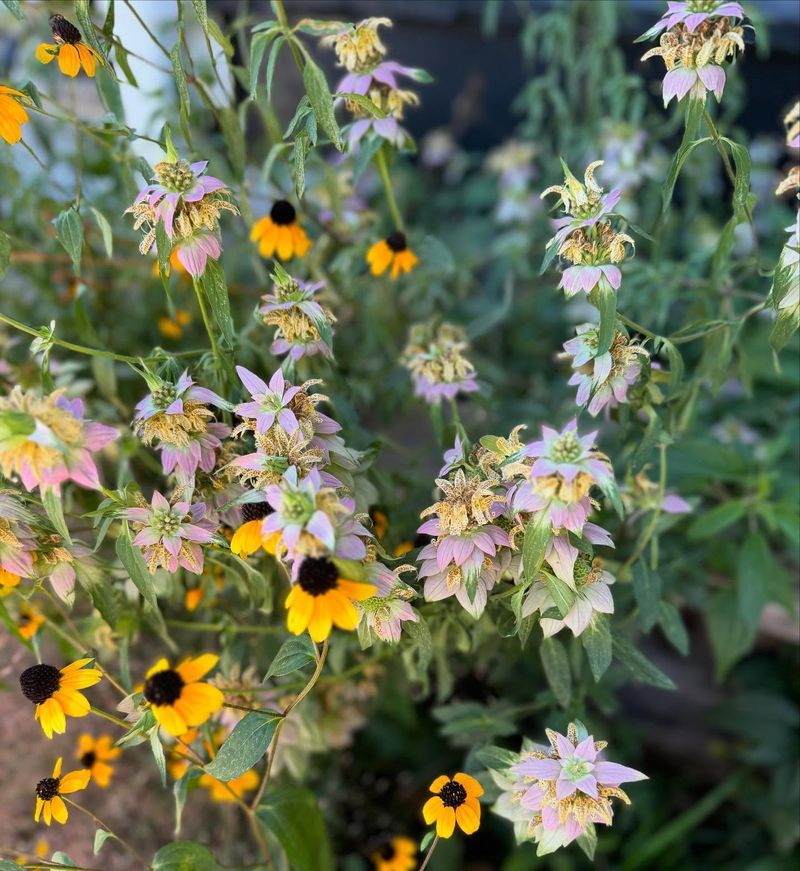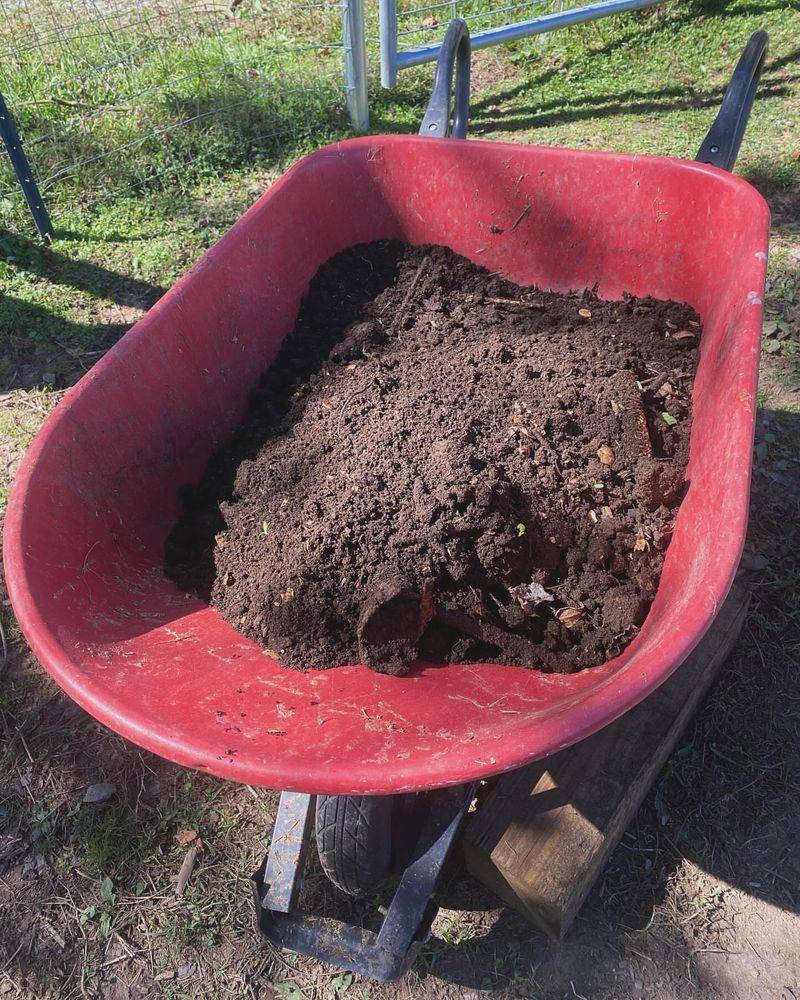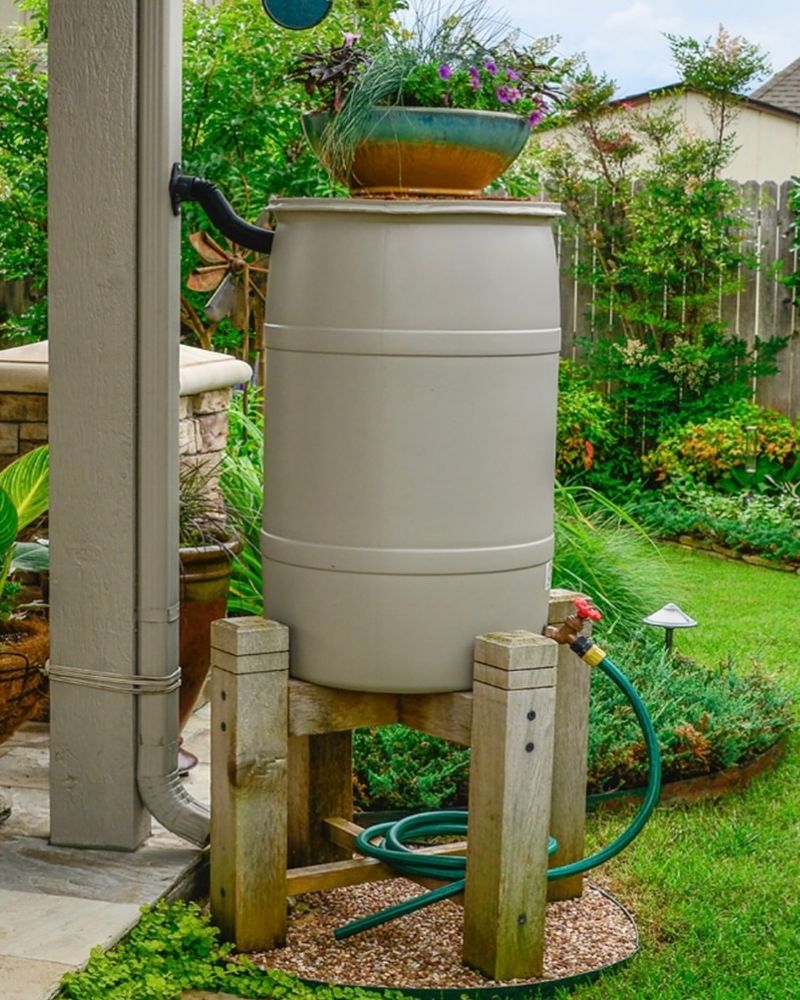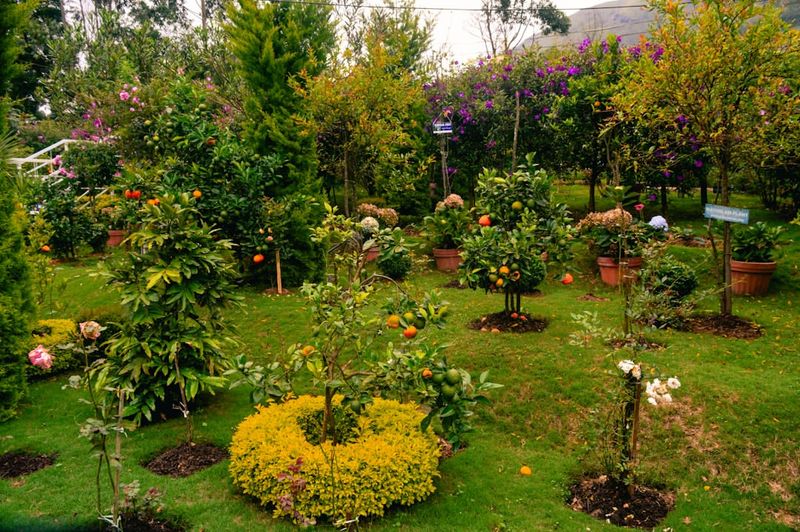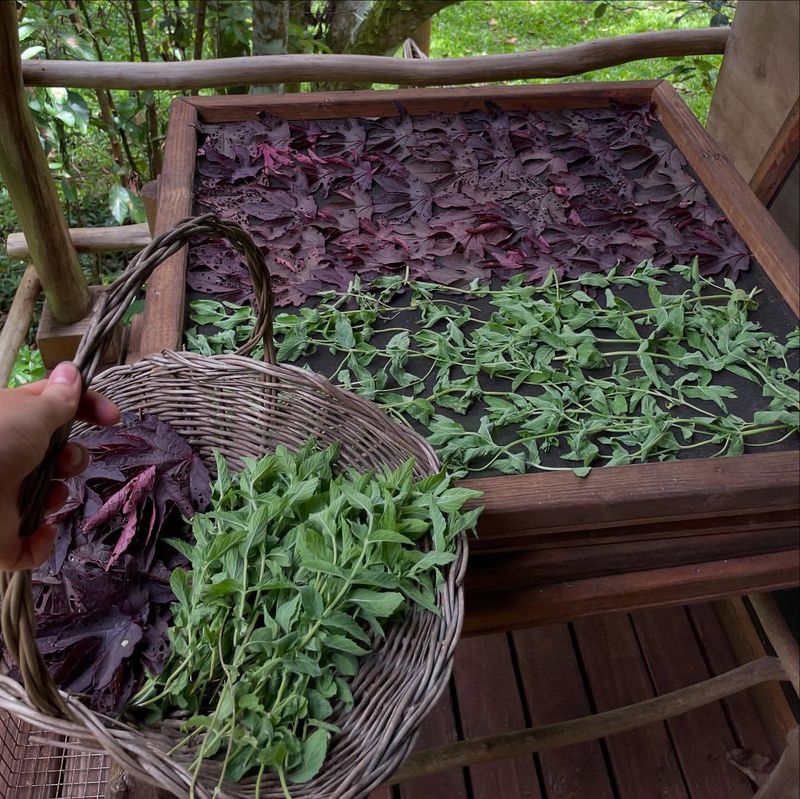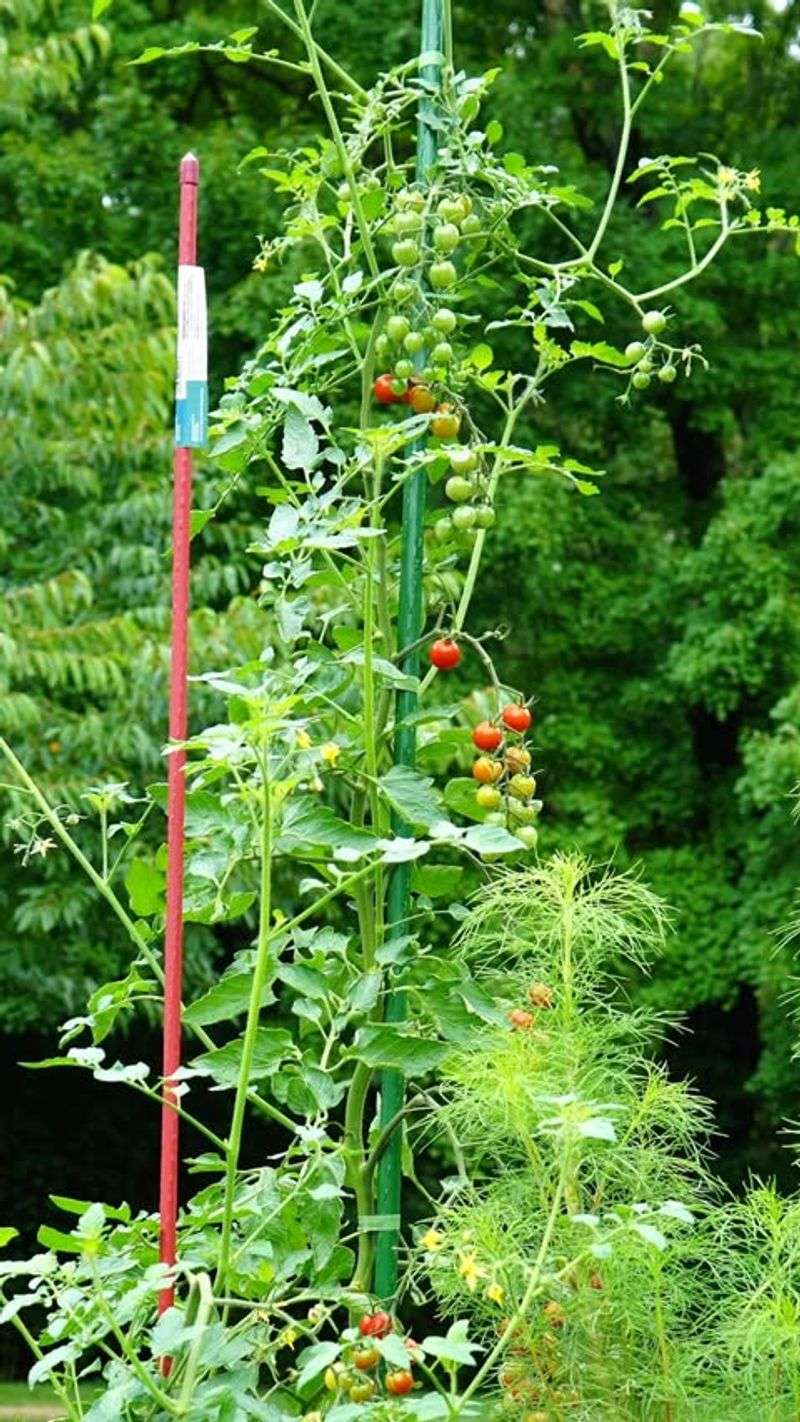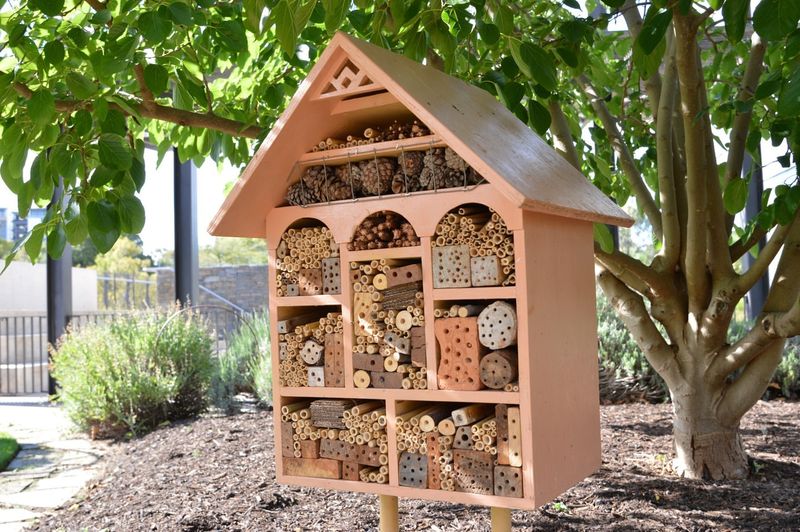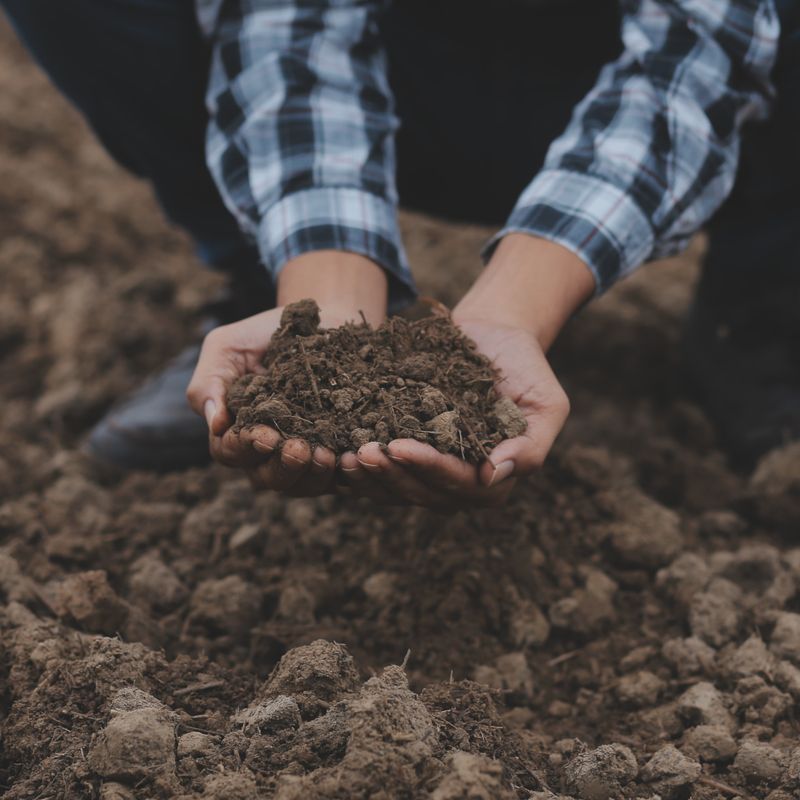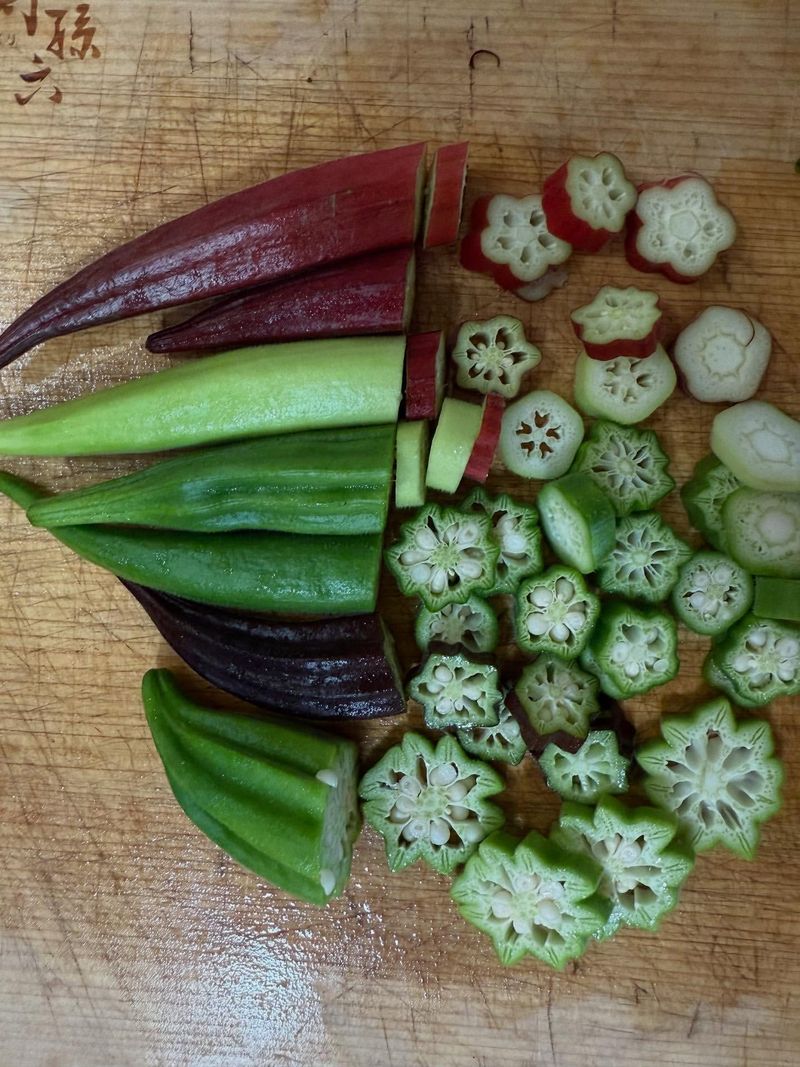West Virginia gardeners know a thing or two about keeping gardens thriving during the hot August days. Our mountain state’s unique climate and growing conditions create special opportunities for late summer gardening success.
With a few local tricks passed down through generations, you can transform your wilting August plot into a vibrant oasis of flowers and vegetables.
1. Morning Watering Magic
Early morning watering gives plants a fighting chance against August’s scorching heat. West Virginia’s mountain valleys trap humidity, making water evaporate more slowly before 9 AM.
Most local gardeners fill their watering cans the night before, allowing chlorine to dissipate and water to reach ambient temperature. This gentle approach prevents shock to sensitive root systems while conserving precious water resources.
2. Mulch From The Mountains
Pine needles scattered throughout our mountain forests make excellent free mulch for August gardens. They naturally acidify soil, perfect for blueberries, azaleas, and rhododendrons that thrive in West Virginia.
Gather fallen needles from state parks (with permission) or your own property. Apply a 3-inch layer around plants, leaving space around stems to prevent rot. The needles break down slowly, feeding plants while keeping soil temperatures stable.
3. Native Plant Power
Mountain mama gardeners swear by native plants for August success. Black-eyed Susans, purple coneflowers, and bee balm naturally withstand our late summer conditions without extra fussing.
These indigenous beauties evolved in our climate and attract local pollinators like monarch butterflies and ruby-throated hummingbirds. Their deep root systems reach moisture others can’t access, making them practically maintenance-free during dry August spells.
4. Appalachian Compost Secrets
Mountain gardeners boost August growth with specially timed compost applications. Adding a thin layer of finished compost in early August provides a nutrient boost just when plants need it most.
Coffee grounds from local diners make perfect additions to compost piles, adding nitrogen that fuels late-season vegetables. Many West Virginia gardeners maintain separate summer compost piles, turned weekly to speed decomposition in the warm weather.
5. Succession Planting Schedule
August 1st marks the start of fall garden planting in most West Virginia counties. Fast-growing crops like radishes, lettuce, and spinach thrive when planted now, reaching harvest before first frost.
Keep a succession planting calendar based on your county’s frost dates. The mountains create microclimates where growing seasons vary dramatically between elevations. Experienced gardeners plant a new row of greens every 7-10 days throughout August for continuous harvests.
6. Mountain Microclimates
Smart West Virginia gardeners leverage natural microclimates within their yards. South-facing stone walls absorb daytime heat and release it slowly overnight, creating perfect spots for heat-loving plants like peppers and eggplants.
Identify cool, north-facing areas for lettuce and spinach. Areas under partial tree canopy protect delicate plants from harsh afternoon sun. By mapping your yard’s microclimates, you can extend your growing season by weeks on either end.
7. Rainwater Harvesting
August thunderstorms provide free, chemical-free water for parched gardens. West Virginia’s abundant rainfall can be captured using simple systems of gutters and barrels.
Position rain barrels under downspouts with overflow directed away from foundations. The slightly acidic rainwater benefits acid-loving plants like blueberries and hydrangeas. Many mountain gardeners install multiple collection points, connecting them with hoses to distribute water throughout larger growing areas.
8. Companion Planting Wisdom
Mountaineer gardeners rely on traditional companion planting to protect August gardens from pests naturally. Marigolds planted throughout vegetable beds repel nematodes and other soil pests.
Basil grows wonderfully alongside tomatoes, improving their flavor while deterring hornworms. Nasturtiums attract aphids away from valuable crops, acting as sacrificial plants. These natural partnerships reduce the need for pesticides during August’s peak insect activity.
9. Evening Shade Solutions
Protecting tender plants from August’s intense afternoon sun keeps gardens productive. Mountaineers construct simple shade structures using old window screens or lightweight row cover fabric stretched over PVC hoops.
Position these temporary shelters on the western side of lettuce beds and delicate herbs. The filtered light reduces leaf burn while still allowing photosynthesis. Many gardeners remove these shields in the morning, replacing them around 1 PM when sun intensity increases.
10. Mountain Herb Drying
August marks prime herb harvesting season in West Virginia gardens. Mountain herbalists cut stems mid-morning after dew evaporates but before essential oils dissipate in the heat.
Bundle herbs like thyme, oregano, and sage with twine, hanging them upside down in well-ventilated areas away from direct sunlight. The state’s naturally lower humidity helps herbs dry quickly without molding. Many gardeners use old window screens as drying racks for smaller leaves.
11. Vertical Growing Techniques
Limited garden space? West Virginia gardeners maximize August production by growing up instead of out. Sturdy trellises made from locust posts support vigorous cucumber and bean vines through late summer harvests.
Vertical growing improves air circulation, reducing fungal diseases common in August’s humidity. Fruits stay cleaner and are easier to harvest. Many mountain gardeners construct A-frame trellises that can be easily disassembled and stored when the season ends.
12. Beneficial Insect Havens
Savvy West Virginia gardeners create insect sanctuaries to combat August pest explosions naturally. Small piles of twigs and hollow stems provide homes for predatory insects like lacewings and parasitic wasps.
Shallow water dishes filled with pebbles offer drinking spots for beneficial insects without drowning them. Flat-topped flowers like yarrow and Queen Anne’s lace serve as landing pads for tiny wasps that control tomato hornworms and cabbage loopers, reducing the need for chemical interventions.
13. Mountain Soil Amendment
August is perfect for soil testing and amendment in preparation for fall planting. West Virginia’s naturally acidic soils often benefit from limestone applications measured precisely based on test results.
Local gardeners collect crushed eggshells year-round, grinding them finely to add calcium to tomato beds. Wood ash from winter fires, stored dry until needed, provides potassium and helps neutralize acidity in vegetable gardens. These free amendments slowly improve soil structure over successive seasons.
14. Heirloom Seed Saving
August brings seed-saving opportunities as many garden plants reach maturity. West Virginia’s isolation historically preserved unique vegetable varieties passed through generations.
Allow beans to dry completely on plants before collecting. Tomato seeds require fermentation – scoop seeds with pulp into jars, add water, and let sit for three days before rinsing and drying. Many mountain families maintain seed exchanges, trading locally-adapted varieties that perform well in our specific growing conditions.
15. Forest Edge Gardening
Mountain gardeners utilize forest edge zones for special growing opportunities. These transition areas combine woodland soil richness with adequate sunlight, creating perfect conditions for woodland medicinals like ginseng and goldenseal.
Ramps, mushrooms, and native pawpaws thrive in these dappled-light locations. By mimicking natural forest edges with graduated plantings from tall trees to shrubs to perennials, gardeners create resilient ecosystems that withstand August’s challenging conditions while producing unique mountain delicacies.

